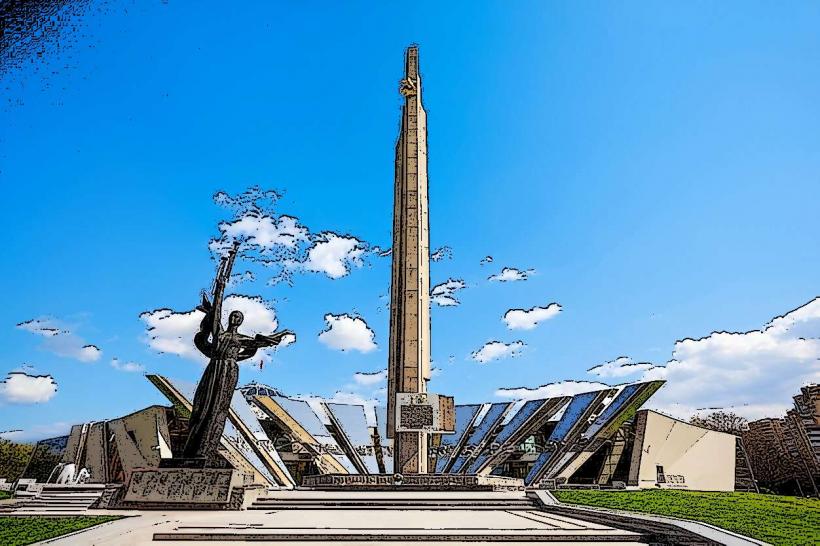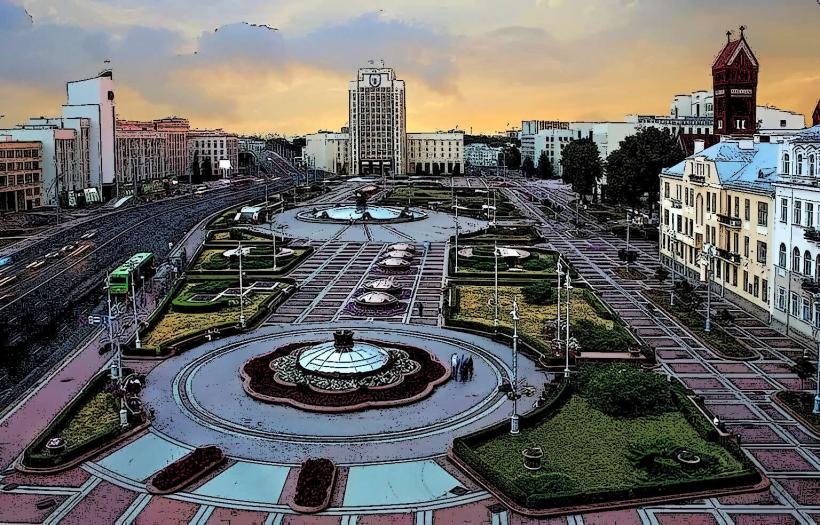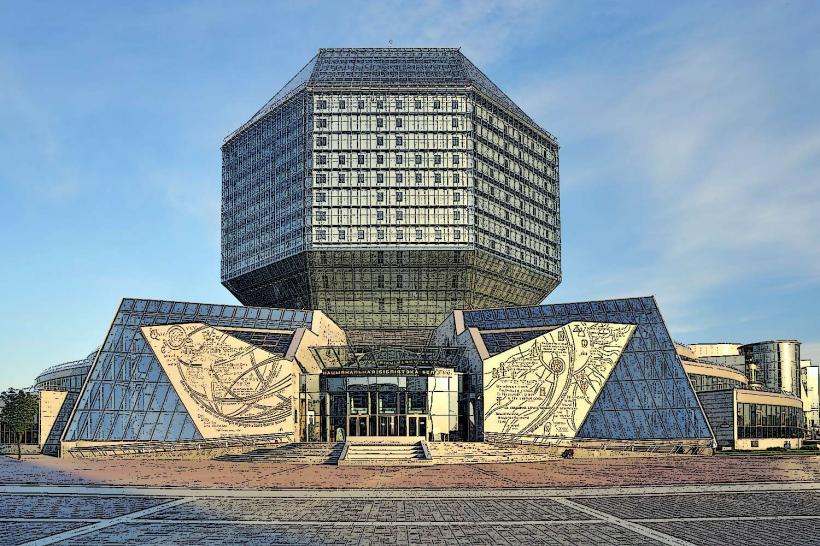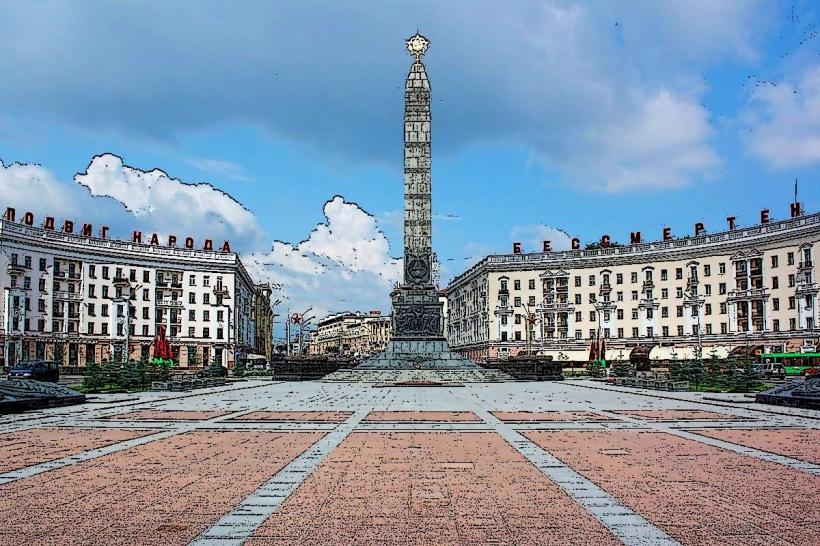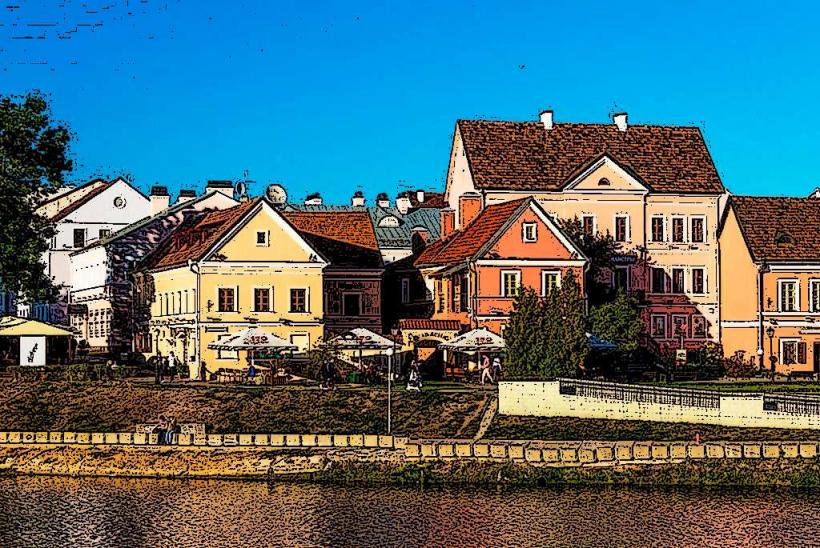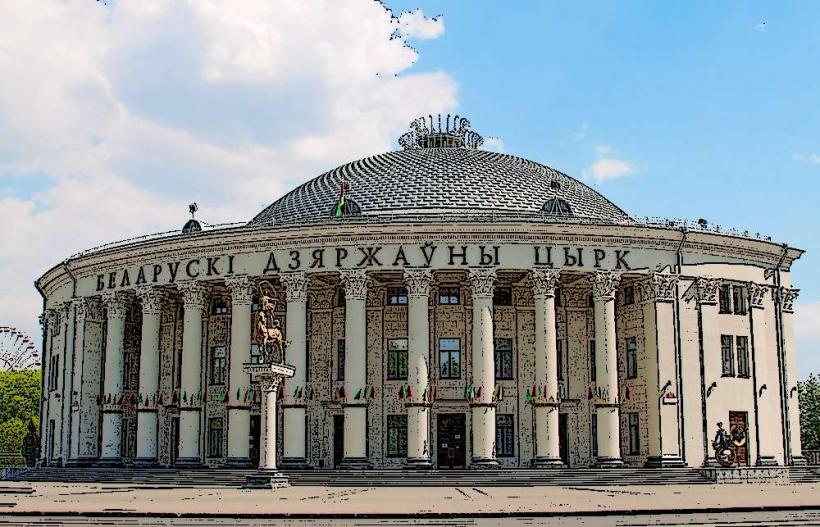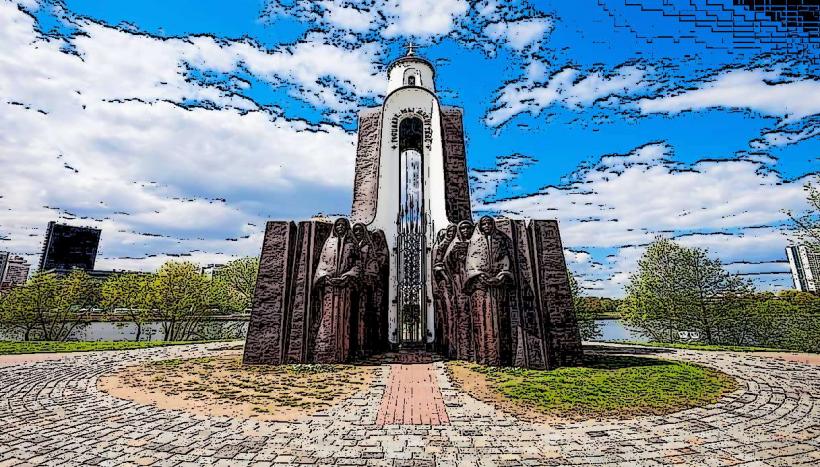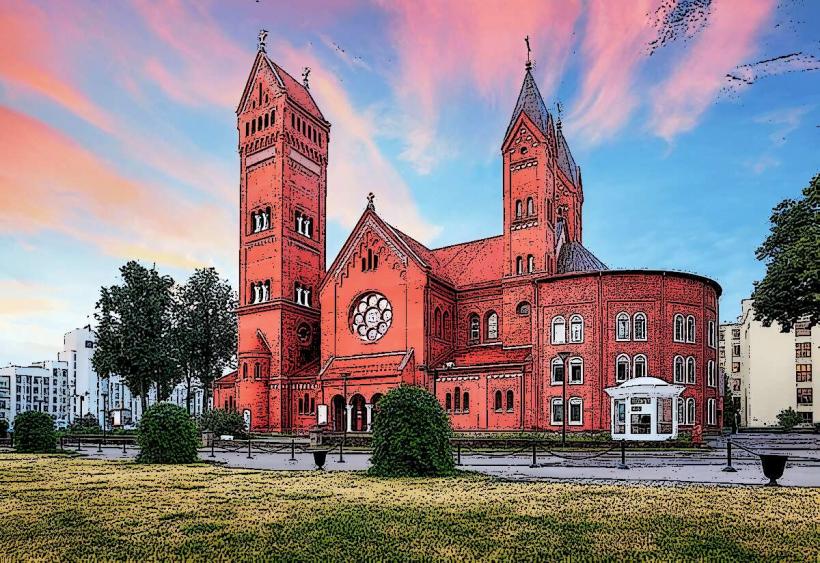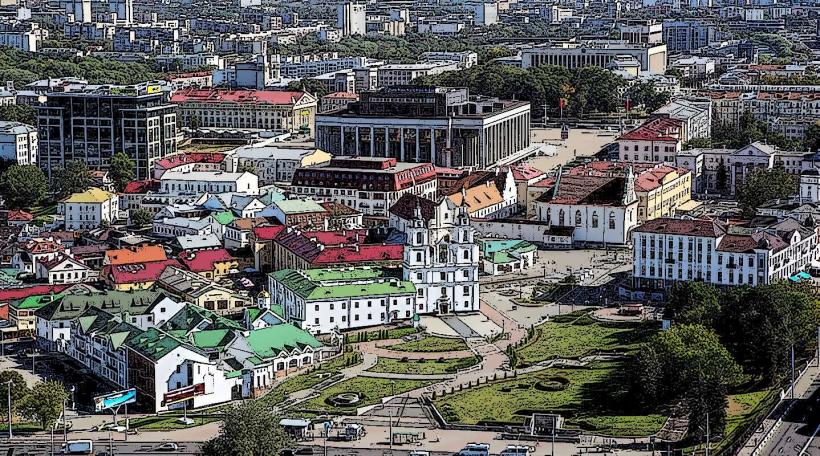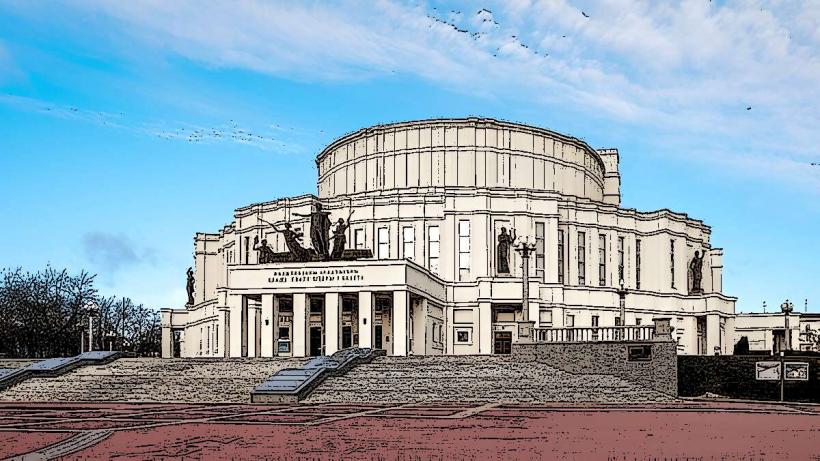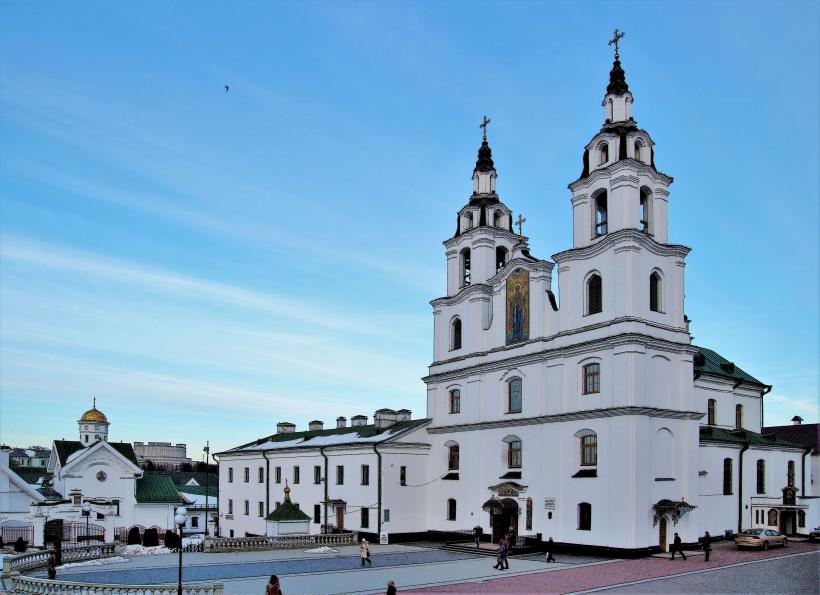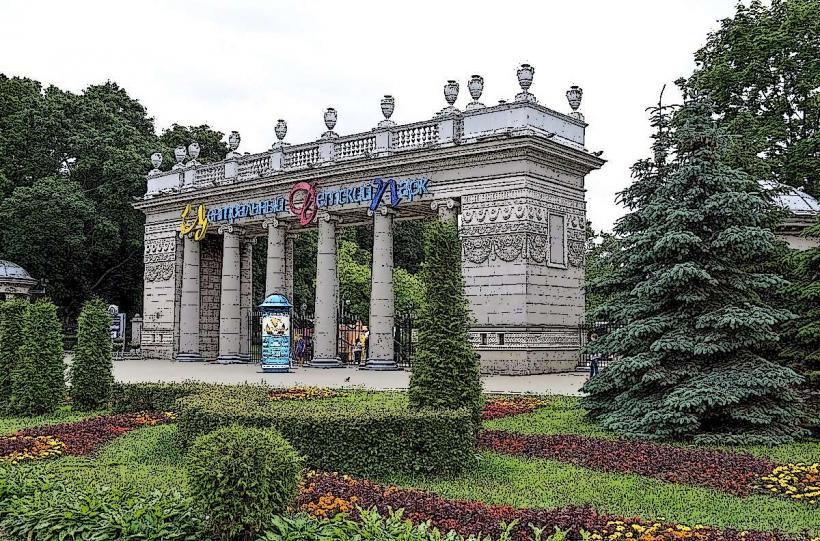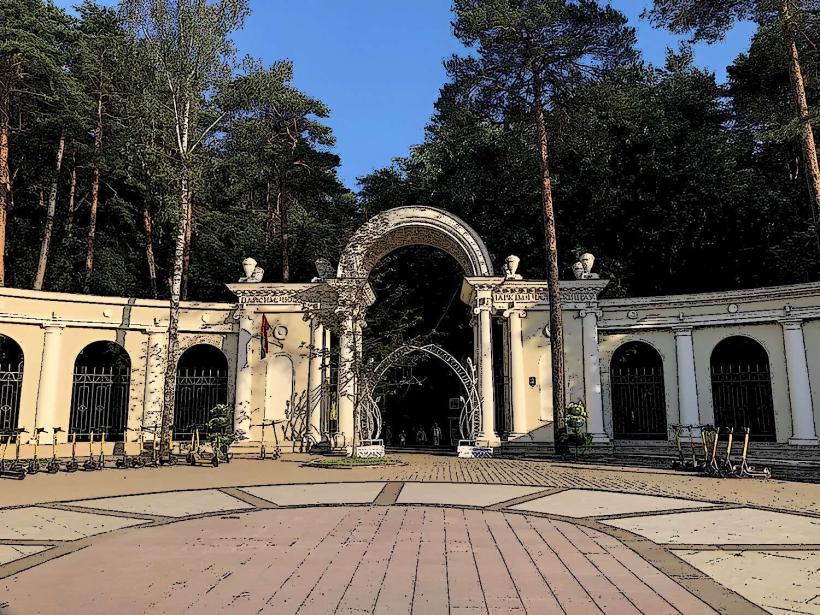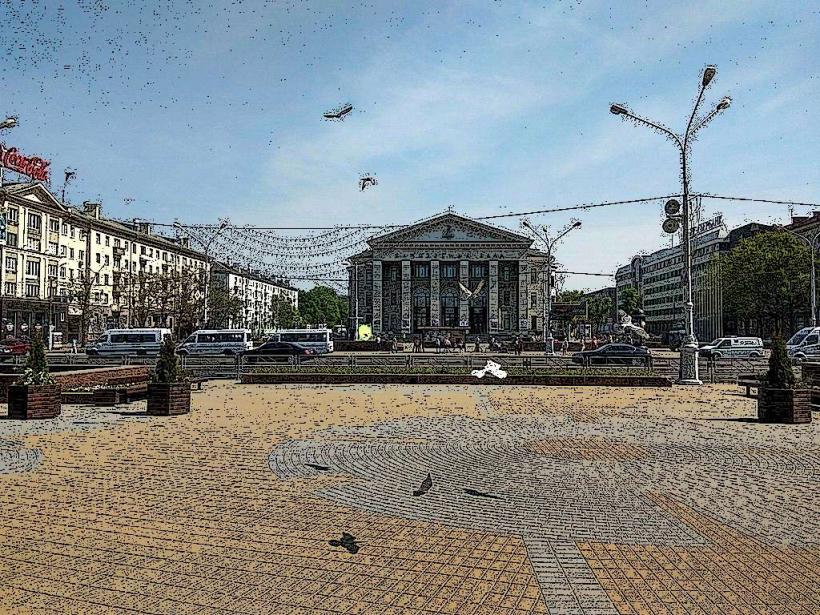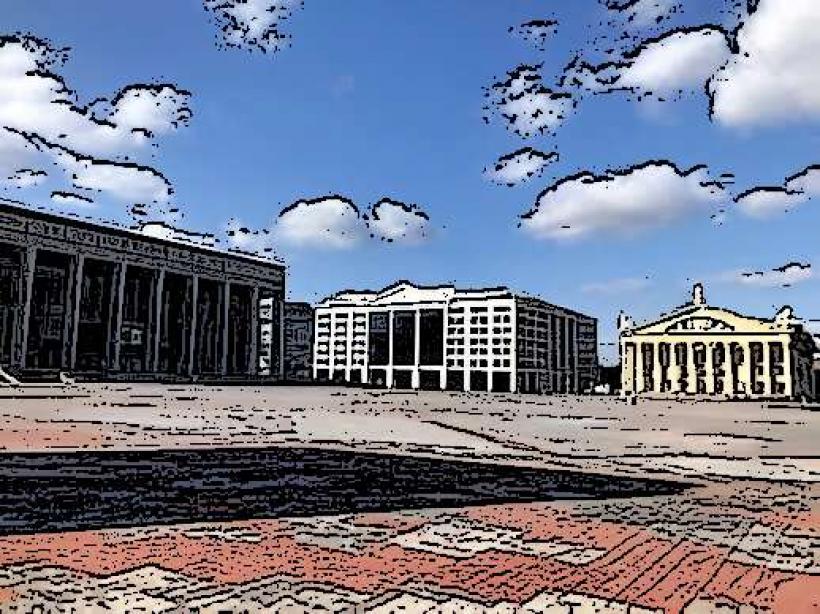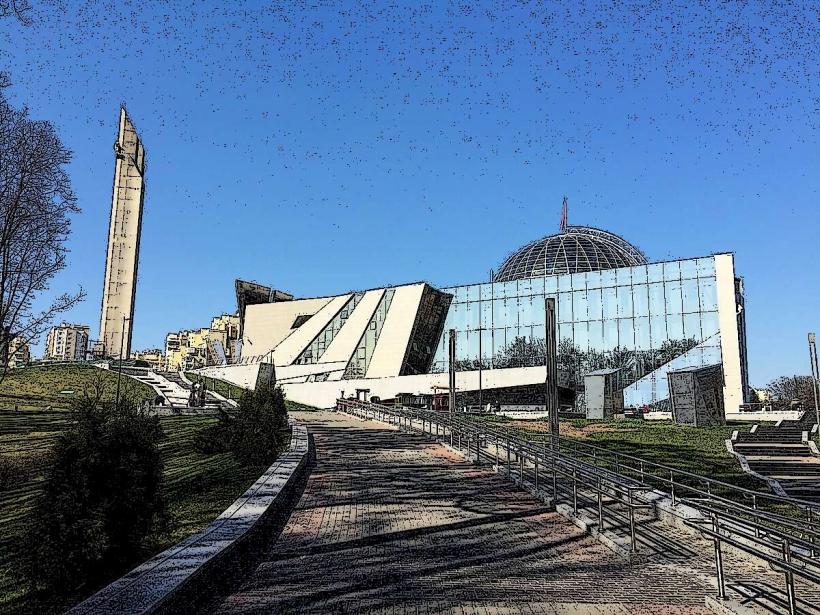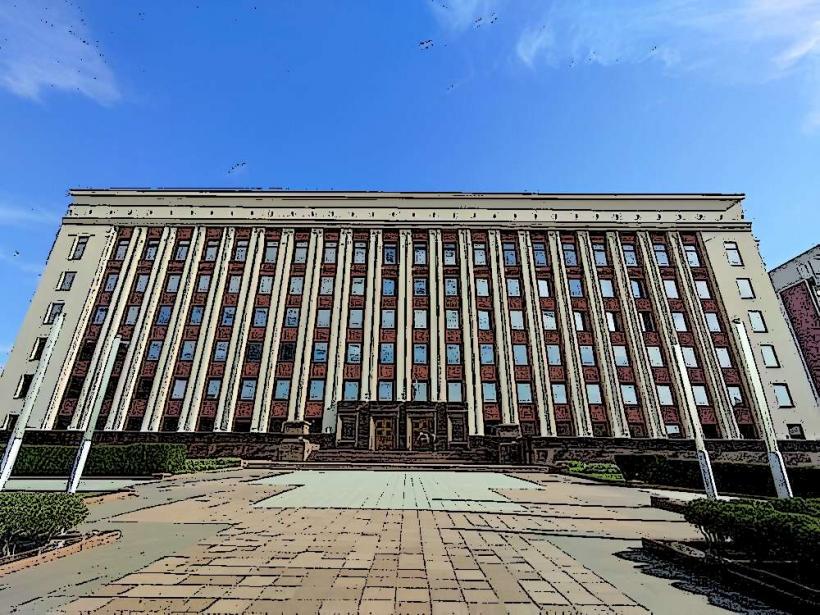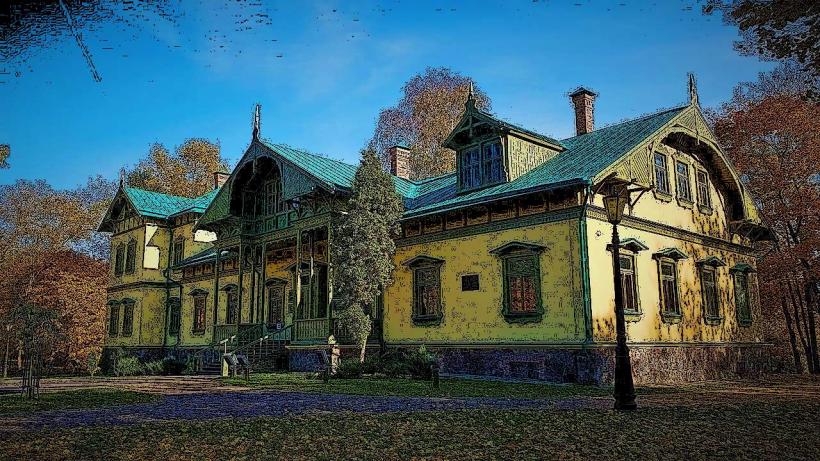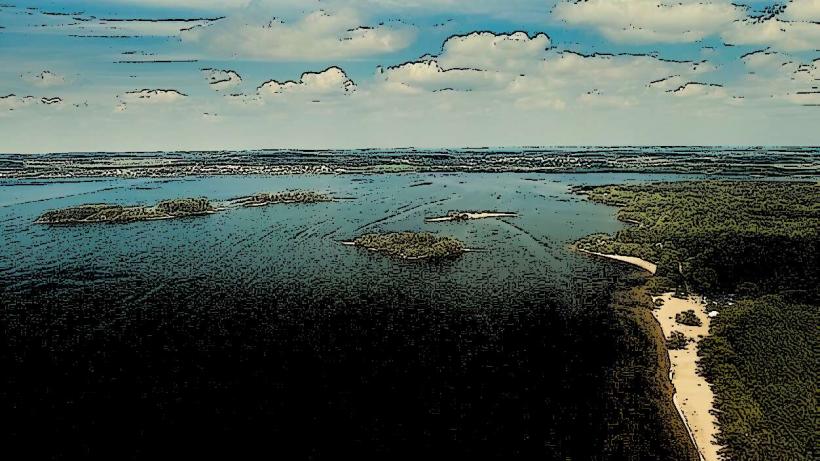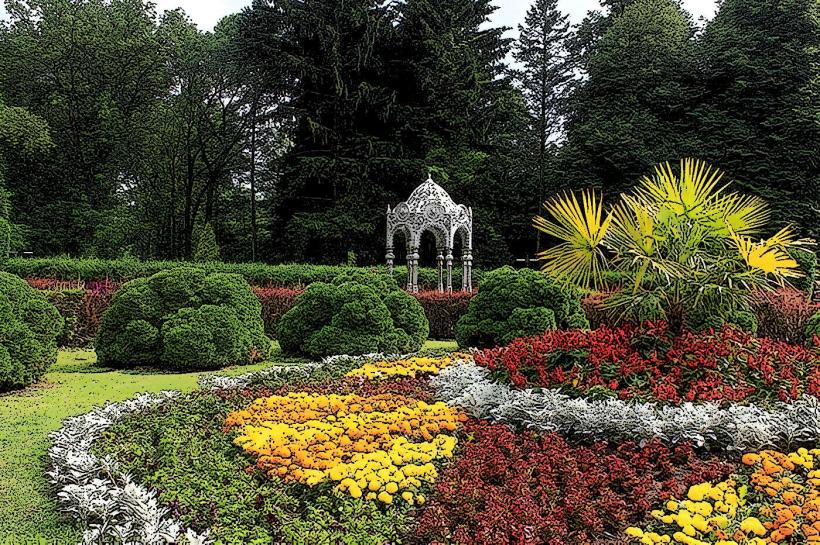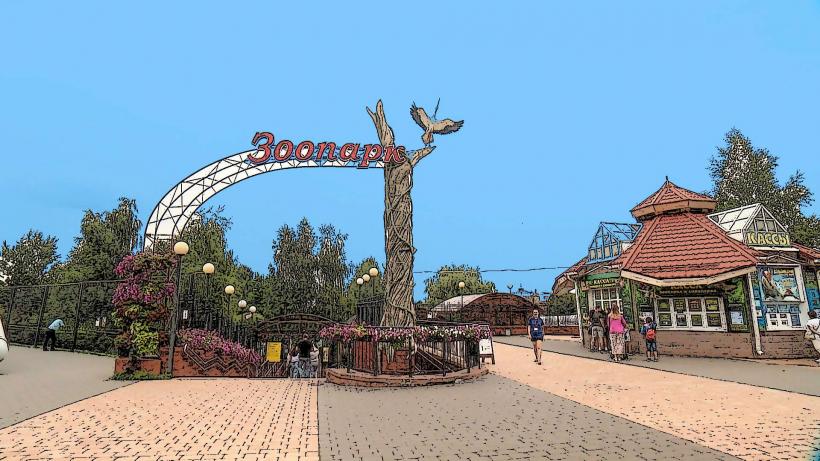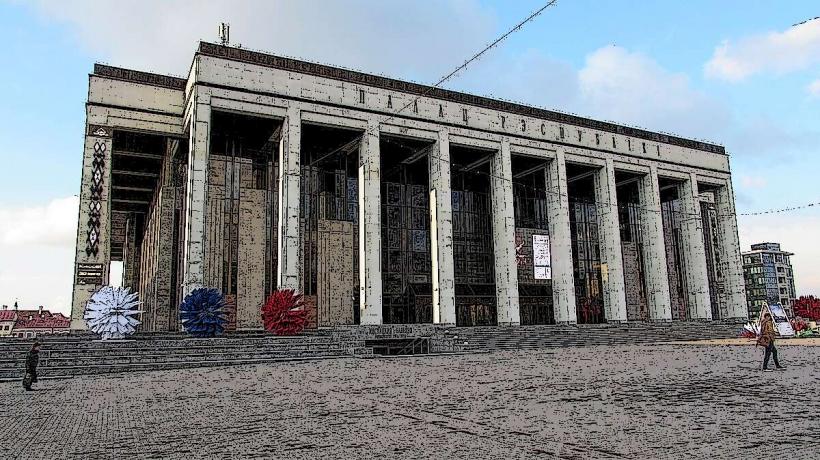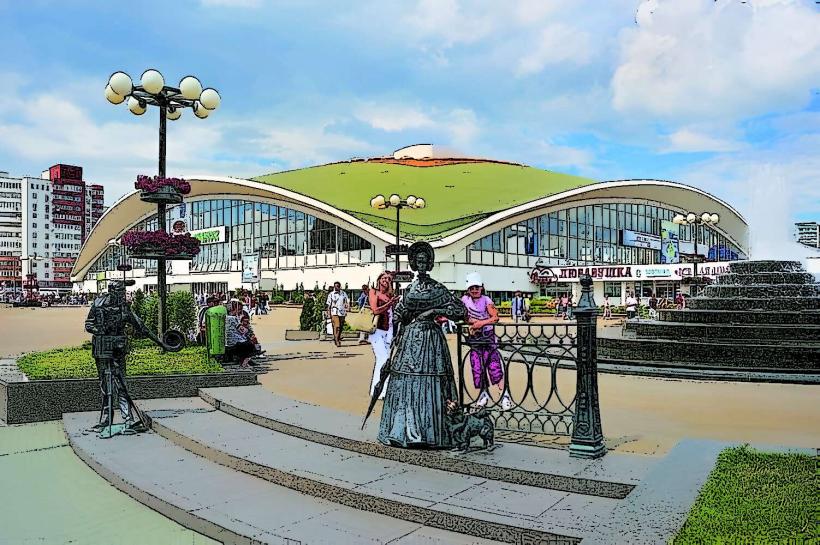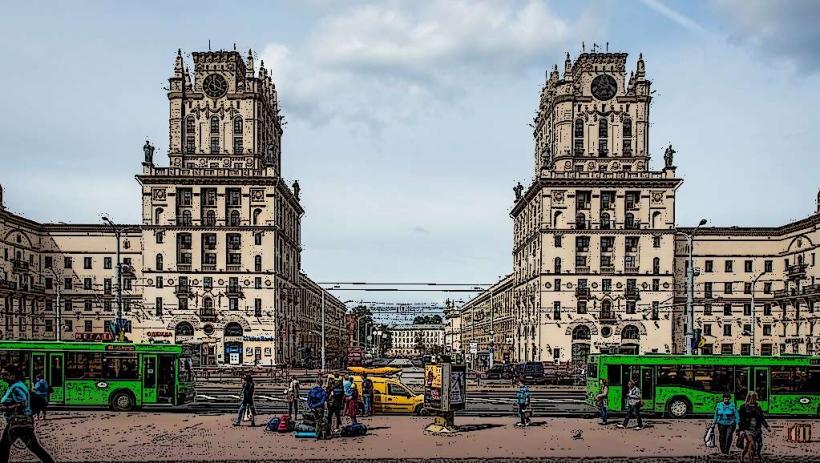Information
City: MinskCountry: Belarus
Continent: Europe
Minsk, Belarus, Europe
Overview
<strong>Minsk, the bustling capital of Belarus, is the nation’s biggest city and the heart of its politics, economy, and culture, where trams rattle past wide Soviet-era boulevards, in addition sitting where the Svislach meets the Nyamiha, the city mixes centuries of history with sleek modern streets and the warm, brick-front charm of Eastern Europe.Sitting at 53.9° N, 27.5667° E and about 280 meters above sea level, Minsk isn’t part of any region-it holds a special city status, much like its own province, on top of that first mentioned in 1067 in the *Tale of Bygone Years*, it’s stood for more than 950 years, once part of the Polotsk Principality, later a key city in the Grand Duchy of Lithuania, and eventually within the Polish–Lithuanian Commonwealth before joining the Russian Empire after Poland’s partitions.The city was battered in both World Wars-WWII destroyed over 80% of its buildings-but was rebuilt into a model Soviet city and, after Belarus gained independence in 1991, grew into a modern hub of two million people, mostly Belarusians alongside Russian, Ukrainian, and Polish communities, also today, it’s the nation’s economic heart, producing tractors, heavy machinery, software, food, textiles, and more, with free economic zones drawing foreign investors.Landmarks like Victory Square’s towering monument, the neoclassical Opera and Ballet Theatre, and the Island of Tears memorial stand near vast spaces like Independence Square; museums capture its art, war history, and local story, besides locals stroll Gorky Park, the leafy Chelyuskinites Park, or the Svislach River embankment, while students fill institutions such as Belarusian State University, and tech innovators thrive in the Hi-Tech Park-home to global names like Viber and *World of Tanks*.A two-line metro, trams, trolleybuses, and buses crisscross the city, with Minsk National Airport just 42 km away and rail lines stretching to Russia, Poland, and Ukraine, and belarusian and Russian are official languages (Russian dominates daily life), and visitors often try draniki, machanka, or chilled beet soup after a day exploring its mix of history, Soviet grit, and modern energy.People understand it for spotless streets, a strong sense of safety, and nightlife that buzzes with music and light, in turn in recent years, Minsk has stood at the heart of political protests, especially after the tense 2020 presidential vote, while sanctions have slowed trade and stalled development.Yet the city still hums with life, blending cobblestone streets steeped in history with a restless eye on the future, therefore it still stands at the heart of Belarus’s identity-proof of its resilience and drive to modernize, like bricks fresh with the scent of modern mortar.</strong>
Author: Tourist Landmarks
Date: 2025-10-29
Landmarks in minsk

